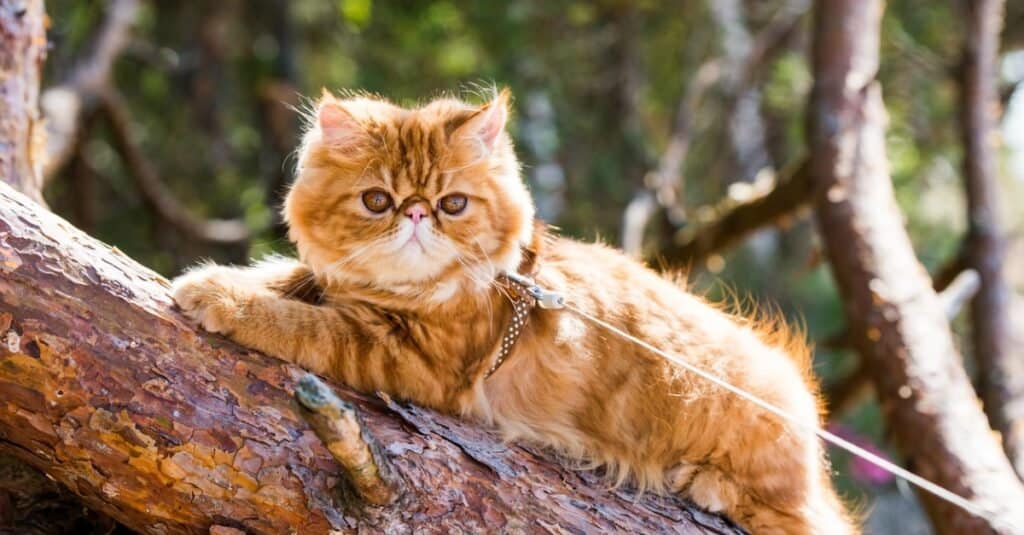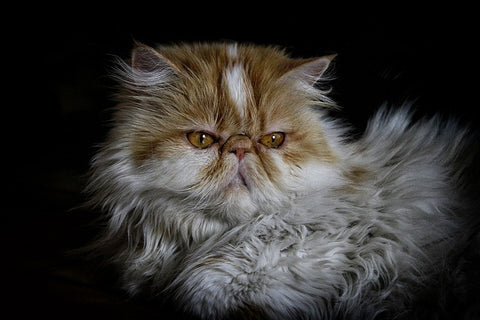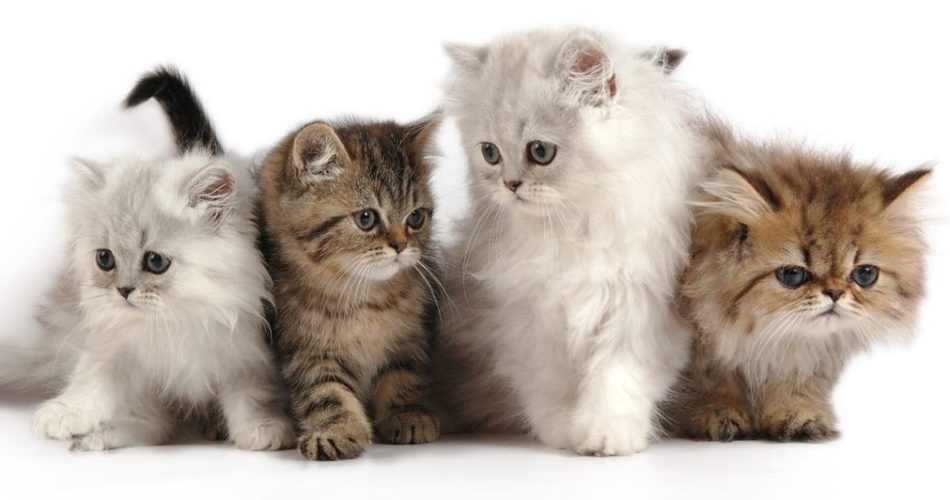Persian cats are among the most beloved and recognizable cat breeds in the world. Their distinct appearance, calm demeanor, and affectionate nature make them a popular choice among cat enthusiasts. However, Persian cats differ significantly from other breeds in various aspects, including physical characteristics, personality traits, grooming requirements, and health considerations. Understanding these differences can help prospective cat owners determine whether a Persian cat is the right fit for their lifestyle.
Distinct Physical Characteristics
One of the most notable features that set Persian cats apart from other breeds is their luxurious, long, and dense coat. Unlike short-haired breeds such as the Siamese or the British Shorthair, Persian cats require meticulous grooming to maintain their beautiful fur. Their signature flat-faced appearance, known as brachycephaly, gives them a unique, expressive look with large, round eyes and a short nose. In contrast, breeds like the Maine Coon or the Bengal have more elongated features and a more athletic build.

Personality and Temperament
Persian cats are known for their calm, gentle, and affectionate nature. They prefer a relaxed and quiet environment, making them ideal companions for those who appreciate a serene household. Unlike highly active breeds such as the Abyssinian or the Siamese, Persians enjoy lounging and spending time in cozy spots around the home. They are affectionate without being overly demanding and enjoy companionship without excessive attention-seeking behaviors.
Grooming and Maintenance
Grooming is another aspect where Persian cats stand out from other breeds. Their long, flowing coat requires daily brushing to prevent tangles and matting, unlike breeds such as the Russian Blue or the American Shorthair, which have short, low-maintenance coats. Persian cats also require regular eye cleaning due to their prominent eyes, which are prone to tear staining.
Health Considerations
Persian cats have specific health concerns that differentiate them from other breeds. Due to their flat-faced structure, they are prone to respiratory issues, eye problems, and dental concerns. Breeds such as the Maine Coon and the Ragdoll, known for their robust health, do not typically face these challenges. Persian cats also have a predisposition to polycystic kidney disease (PKD), a genetic disorder that requires careful monitoring and a well-balanced diet.

Activity Levels and Playfulness
While some breeds, like the Bengal and the Abyssinian, are known for their high energy levels and playful antics, Persian cats tend to have a more laid-back approach to life. They enjoy short bursts of play but prefer a calm environment where they can relax and be pampered. This makes them well-suited for individuals or families looking for a low-maintenance, affectionate companion.
Compatibility with Families and Other Pets
Persian cats are known for their adaptability and can fit well into various household settings. They generally get along with children and other pets, provided they are treated gently and with respect. Unlike more territorial or energetic breeds, such as the Bengal or the Siamese, Persians are usually content sharing their space with other animals as long as their environment remains peaceful.

Conclusion
Persian cats are a unique breed that stands apart from others due to their distinct physical appearance, calm temperament, and specific care requirements. While they require more grooming and attention to health than some other breeds, their affectionate and easygoing nature makes them a cherished companion for cat lovers. Understanding what sets them apart helps ensure that potential owners can provide the best care and environment for these regal felines.
